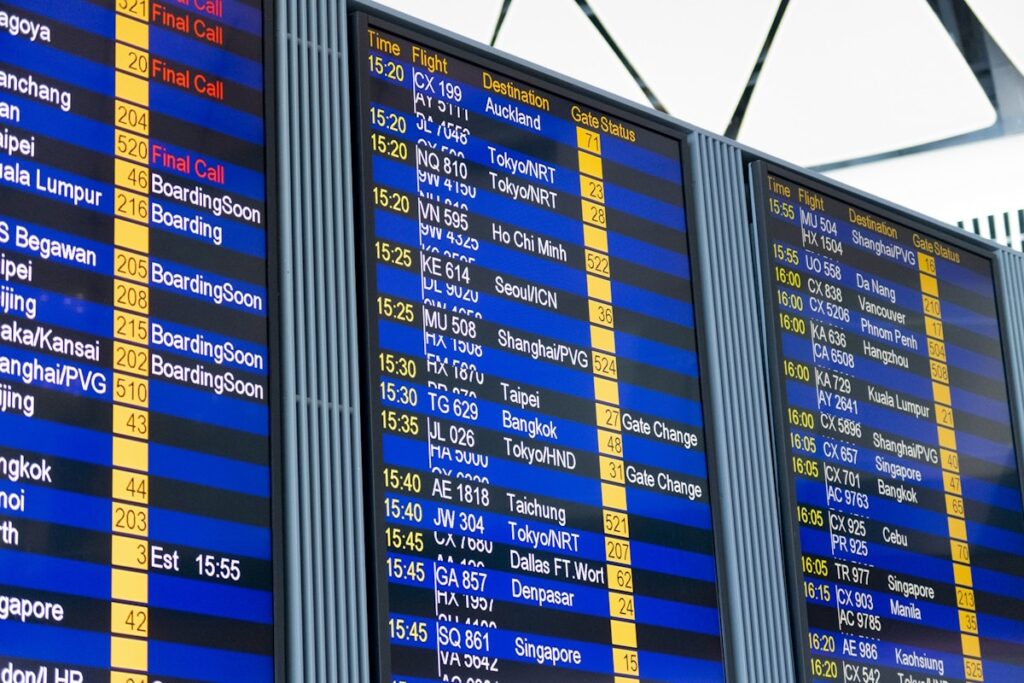[ad_1]
In the next decade, you may need an ESTA equivalent to enter Japan. By 2030, the Immigration Services Agency will have a screening system to ensure illegal travelers and potential overstayers never set foot in the nation.
Japan’s ESTA coming by 2030

The Japanese government has finalized plans for a Japanese-style Electronic System for Travel Authorization (ESTA). It’s modeled after the United States Customs and Border Protection system to ostensibly bar illegal workers and terrorists from entering.
Foreign visitors who are visa-exempt will be subject to the plan. It’s set to go into effect by 2030 – by which time Japan is projected to reach 60 million inbound tourists.
People entering with short-term visa exemptions will have to submit an electronic application before entering Japan. In addition to the applicant’s legal name and date of birth, they must answer questions about the reason for entering Japan, activities during stay, and address of accommodation.
Visitors entering for business must provide the names of their business partners in Japan. For those who are seeking medical care, they must list the hospital at which they will undergo treatment. Tourists must report which travel agency they are using, if any.
The application will undergo review by immigration officers who will cross-check for blacklisted individuals. Airlines will allow only applicants with approved reviews to board their plane to Japan.
Advertisements
As of this month, there are 71 countries and regions where Japan-bound tourists are exempt from short-term visas.
No more illegal landings
Under the current system, immigration officers screen foreign visitors after their plane to Japan has taken off. Airlines provide passenger information, such as names and passport numbers, to officials 30 minutes after departure. Immigration officers serve deportation orders to prohibited visitors only after they touch down, resulting in runaway cases.
By adopting an ESTA system of its own, Japan aims to filter out illegal entries before plane landings and alleviate the workload of officers.
Why now?
The motivation behind the new screening process stems from the “endless cases of inbound foreigners who illegally overstay,” The Yomiuri Shimbun reports.
According to the Immigration Services Agency, by January this year, Japan had over 79,000 illegal overstayers. That’s approximately 20,000 more compared to a decade ago. 62.9% entered Japan on short-term visas.
The Japanese government wants to strengthen its status as a tourist-friendly country. To do this, it plans to exempt more nations from short-term visa requirements. Simultaneously, it’s trying to crack down on illegal overstayers to uphold the perception of public safety.
New system may block asylum seekers

Foreign nationals who see Japan as an escape plan from persecution in their home country enter Japan with short-term visas before applying for refugee status, according to Nyukan-Bengoshi.com.
Applying for refugee status without valid and legal permission to stay in Japan will result in forced deportations. Valid short-term visa holders grant refugee applicants temporary permission to stay in Japan that last as long as the application is under review.
While waiting for results, applicants can change their status to “designated activities,” which must be renewed every 6 months and does not allow employment. Without a source of income, such individuals must rely on charity for living costs.
If Japan’s ESTA plan moves forward, potentially weeding out short-term visa holders seeking asylum with an immigration system that is quick to judge who looks or sounds like a refugee may put the lives of many at risk.
Japan’s complicated approach to immigration

Japan’s government appears to be striving to strike a balancing act between increasing legal immigration while not sacrificing the perception of public safety. The country has made it easier for highly-compensated professionals to get permanent residency status after a single year. It’s also contemplating increasing the number of permissible job categories for visa applications.
Japan also recently announced a digital nomad visa for people who want to work in the country on a short-term basis. However, many have criticized the new visa as overly restrictive. Applicants can only stay in Japan for six months and can only renew after remaining outside of Japan for another six months (i.e., once every year).
On the other hand, refugees who are on their third denied asylum application are facing deportation under a strict new law passed recently by the Japan National Diet. (On the positive side, the new law also provides for granting residence status to Japanese-born children of immigrant parents. These kids are currently caught in a legal limbo when their parents lose residence status.)
Japan recently announced that it accepted a record number of refugees in 2023. However, with only 300 refugees, the country’s acceptance rate is still far behind that of other developed nations.
Sources
外国人の入国者、日本渡航前に事前審査へ…「日本版エスタ」不法就労やテロ阻止. 読売新聞
短期ビザ免除の外国人、渡航前に審査 米国ESTA参考. 日本経済新聞
[ad_2]
Source link




